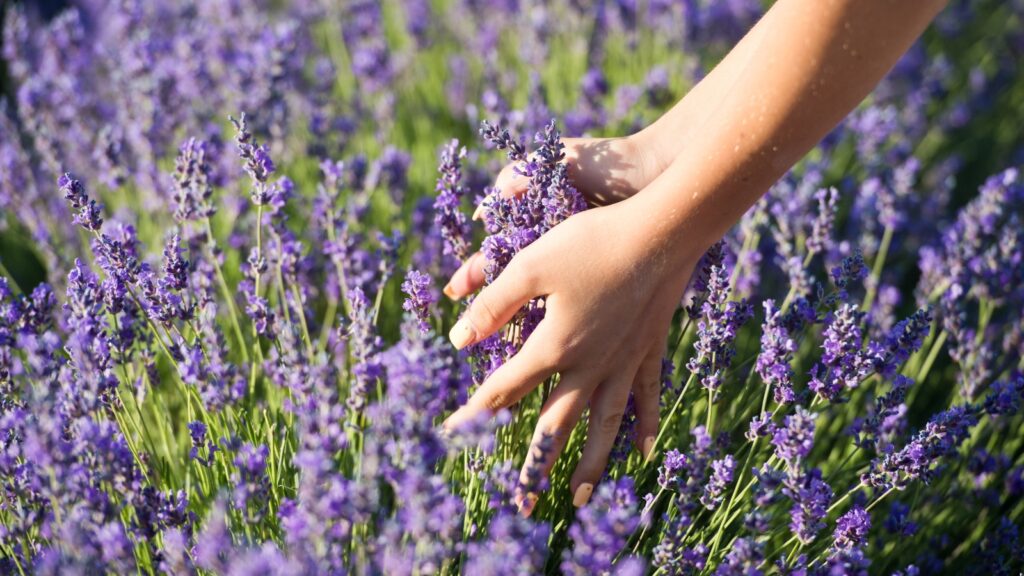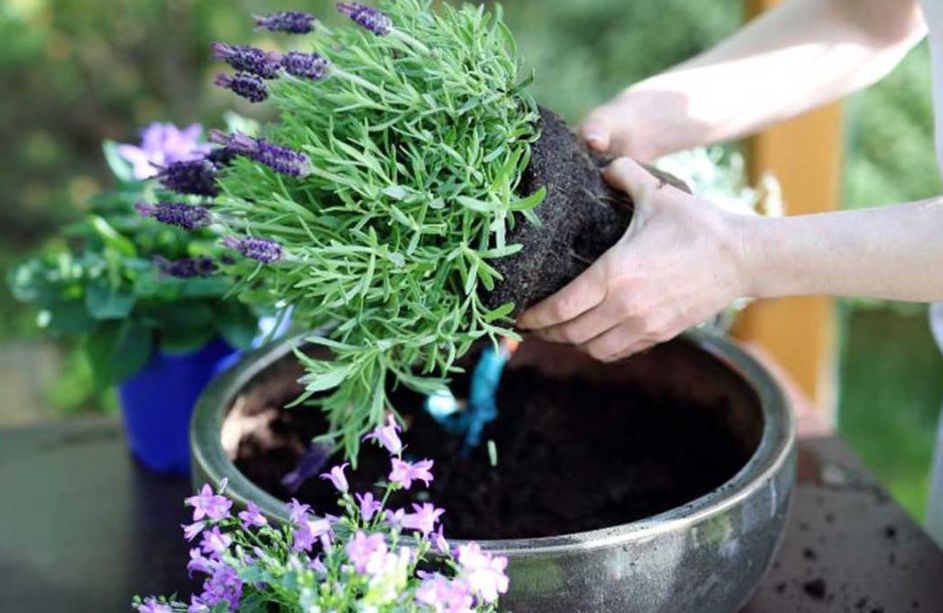
Lavender is a captivating herb with vibrant purple flowers that has something for everyone. From being a living border to a decorative shrub or a natural deer repellent, its uses are versatile. You can even incorporate its edible flowers into various dishes, including salads, soups, stews, and cookies. But the true enthusiasts are those who extract lavender’s essential oil, boasting about its natural antiseptic, muscle relaxant, and stress-relieving properties. The benefits of lavender oil are still being discovered, so let’s dive into six tips to help you grow this beautiful, fragrant herb.
1. Opt for Containers if Space is Limited
If you’re short on space, don’t worry! Lavender can thrive in containers. Choose a pot that is slightly larger than the root ball, ensuring proper drainage. Start by adding gravel at the bottom, followed by sandy soil mix on top. Lightly water the plant and remember, lavender prefers dry roots and at least eight hours of sunlight each day.
2. Choose Seedlings for a Quick Start
Lavender seeds take time to germinate, so it’s best to choose seedling plants to get a head start. Plant the seedlings about 12 to 18 inches apart, allowing for optimal air circulation around the herb.
3. Lavender Loves Sun and Well-Drained Soil

Although lavender can tolerate various growing conditions, it thrives best in warm, sunny areas with well-drained soil. This herb originates from the Mediterranean, so it’s no surprise that it enjoys soaking up the sun.
4. Water with Caution
One common mistake is overwatering lavender, which can be detrimental to its health. Root rot is a major threat to lavender plants, and excessive watering can trigger this condition. After the initial watering upon planting, be mindful of watering sparingly to help the plant thrive.
5. Prune in Spring for Optimal Growth

Pruning lavender in the spring not only promotes growth but also enhances its appearance. Once you see new green growth at the base of the plant, trim taller varieties by one-third and low growers to within a few inches of the base. This will give your lavender an attractive shape.
6. Minimal Mulch and Fertilizer
When it comes to mulching, lavender prefers to go without it. Traditional mulches can retain moisture, which can be detrimental to lavender’s well-being. Additionally, lavender does not require an excessive amount of fertilizer, especially nitrogen-based ones. So, keep the mulch at bay and go easy on the fertilizer.
With these six tips, you’re well on your way to successfully grow beautiful lavender. Whether you want to enjoy its fragrance, add it to your culinary creations, or experiment with essential oil production, lavender is a delightful addition to any garden. Happy gardening!





